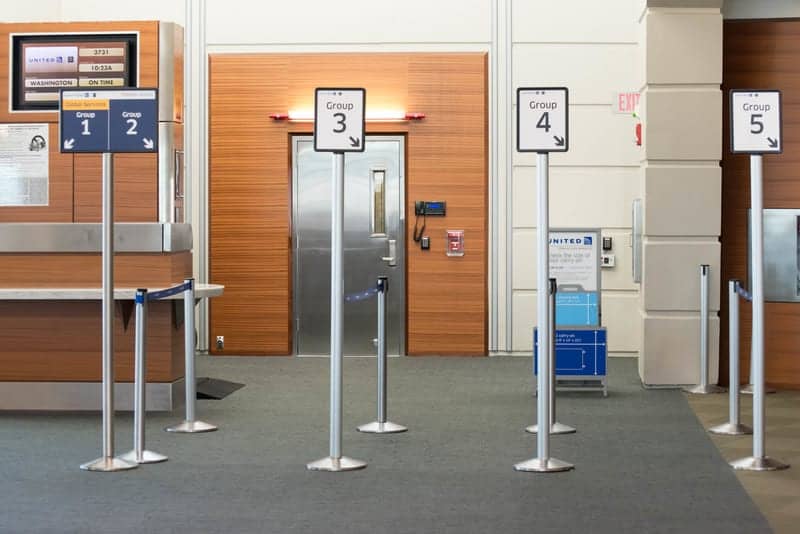Many people have felt anxiety while standing on the sidelines as passengers begin to board an aircraft for a lengthy flight. Will there be room for my carry-on bag when my row is called? Will the beverage cart run out of orange juice? Today’s airline passengers may also ask themselves this question: Will I be able to get any sleep? Especially for flights that span several hours or cross numerous time zones, being able to doze is increasingly a consideration. But is it one that airlines should charge extra for? After all, unlike overhead bin space or a specific beverage that a passenger could bring on board a la carte, sleep is a biological imperative that has no substitute.
That is the question I pondered while receiving press releases about airlines’ latest sleep-promoting features. For example, United Airlines announced “United Polaris” earlier this year, a business class section that boasts 180-degree flatbed recline seats with up to 6+-ft of bed space, “do not disturb” signs, and duvets, pillows, and blankets designed in partnership with Saks Fifth Avenue. That sounds amazingly relaxing, but it is not accessible to most passengers, that is, those of us who fly coach. As a sleepreviewmag.com commenter said, “How about United stops focusing on business class, and gives some nice things to us in the back of the plane?”
To probe further, I sought the perspective of Lauren Hale, PhD, an associate professor of family, population and preventive medicine at Stony Brook University and the inaugural editor of the National Sleep Foundation journal Sleep Health. Hale’s expertise includes sleep as a social justice issue, for example, how people in socially disadvantaged positions experience a disproportionate number of sleep problems. I asked her how concerned we should be about sleep disparities between classes on an airline flight. “I care about all members of the population, rich and poor, having access to healthy restorative sleep as part of their everyday lives. For most people, especially those with low income, intercontinental airplane trips are not everyday experiences. Thus, I have a lower level of concern here than I do about social disparities in sleep across the whole population,” she responded via e-mail. “That said, I would love to see airlines incorporating systematic changes to improve comfort and relaxation of all customers, including those flying coach.”
She adds that it’s likely a smart business decision to determine if some passengers will pay for access to better sleep. “The proof will be in the behavior of the paying customers,” she says. “From my public health perspective, it is nice to see sleep getting attention and I hope it will lead to more people being intentional about their sleep-related behaviors.”

Sree Roy
[email protected]
Hale says remedies may also be found beyond in-plane amenities, such as by addressing unexpected delays at the airport. “Travel can be exhausting, so any effort to reduce these uncertainties can improve sleep, reduce anxiety, and increase customer satisfaction. Within the flight itself, airlines can resume (or continue) the practice of providing pillows, blankets, and eye shades, and minimizing disruptive noise and light on the flight. Perhaps there could be quiet sections of the plane, as is done in trains, where no young children or large groups traveling together could be seated….I don’t have the answers but I am encouraged to see that some airlines are thinking about the important issue of sleep.”
I agree with Hale that sleep being acknowledged by airlines is a positive sign of the times. If the features attract more first and business class fares, I hope aspects will then be rolled into the rest of the cabin of airlines that want to cater to the sleep-savvy.
Sree Roy is editor of Sleep Review.


